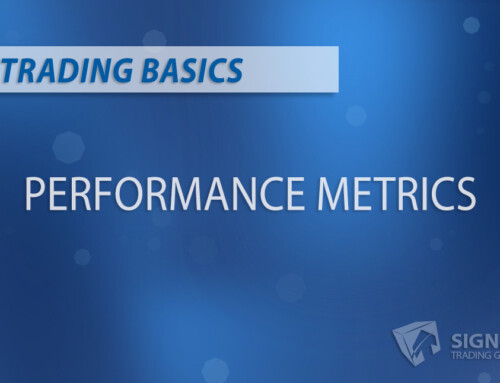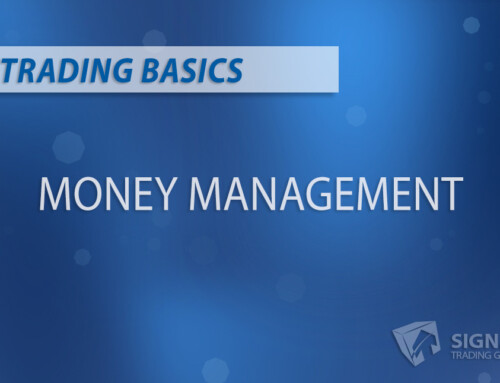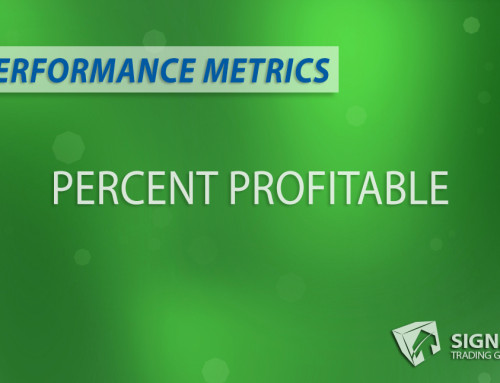The “Performance Metrics 101” blog series is geared towards providing traders with the essential evaluation tools they need to assess trading performance accurately. The goal is to provide a complete understanding of these tools, enabling traders to use them effectively.
Risk of Ruin in Action
Financial markets can be a rollercoaster ride, and it’s natural for investors to worry about the potential of losing it all. That’s where the concept of the Risk of Ruin comes in handy. As a trader, I’ll help you understand this basic formula, its significance, and how to use it effectively in your investment decisions.
What is the Risk of Ruin?
Risk of Ruin is a statistical concept that estimates the likelihood of an investor losing all their capital within a specified period. In essence, it’s a way to measure the danger of reaching the point of financial destruction – a genuine concern for anyone investing in the market. This risk calculation is frequently applied in trading and gambling scenarios, where losses can accumulate rapidly.
The importance of understanding and using the Risk of Ruin formula is that it aids in making informed decisions about risk management and allocation. By calculating and understanding the risk one is exposed to, it becomes easier to develop a strategy to address it and, ultimately, to protect your wealth.
Breaking Down the Risk of Ruin Formula
The core of the Risk of Ruin formula consists of three critical components:
- P(L): The probability of a loss occurring
- P(W): The probability of a win occurring
- R: The risk per trade, expressed as a percentage of total capital
Using these variables, the Risk of Ruin formula is defined as:
Risk of Ruin = (1 – (P(W) – R * P(L))) ^ Capital
This formula calculates the likelihood of reaching the “ruin” point (i.e., losing all the capital) by considering the probability of losses, the probability of wins, and the risk per trade.
Example Calculation: Risk of Ruin in a Hypothetical Portfolio
Let’s look at the Risk of Ruin using a hypothetical investment scenario:
Imagine you have a $10,000 investment portfolio where each trade carries a risk of 3% of the total capital, and historical data indicates that:
- P(W) = 40% (probability of winning)
- P(L) = 60% (probability of losing)
Using the Risk of Ruin formula:
Risk of Ruin = (1 – (0.4 – 0.03 * 0.6)) ^ (10000/300) ≈ 0.018 (1.8%)
In this scenario, your Risk of Ruin is approximately 1.8%. This means that there would be a 1.8% chance of losing your entire investment over time, given the current risk factors and win/loss rates.
How Risk of Ruin Helps with Risk Mitigation Strategies
Knowing this risk percentage is invaluable when developing investment risk management strategies. By being aware of this figure, you can evaluate whether the level of risk is acceptable or too high and adjust the risk per trade, winning probability, or even the investment amount to keep the Risk of Ruin at a comfortable level.
In summary, understanding the Risk of Ruin formula is essential for investors who seek to manage risk effectively and protect their capital. By calculating and interpreting the results of this formula, you can build a strong foundation for a successful and safer investment journey.





